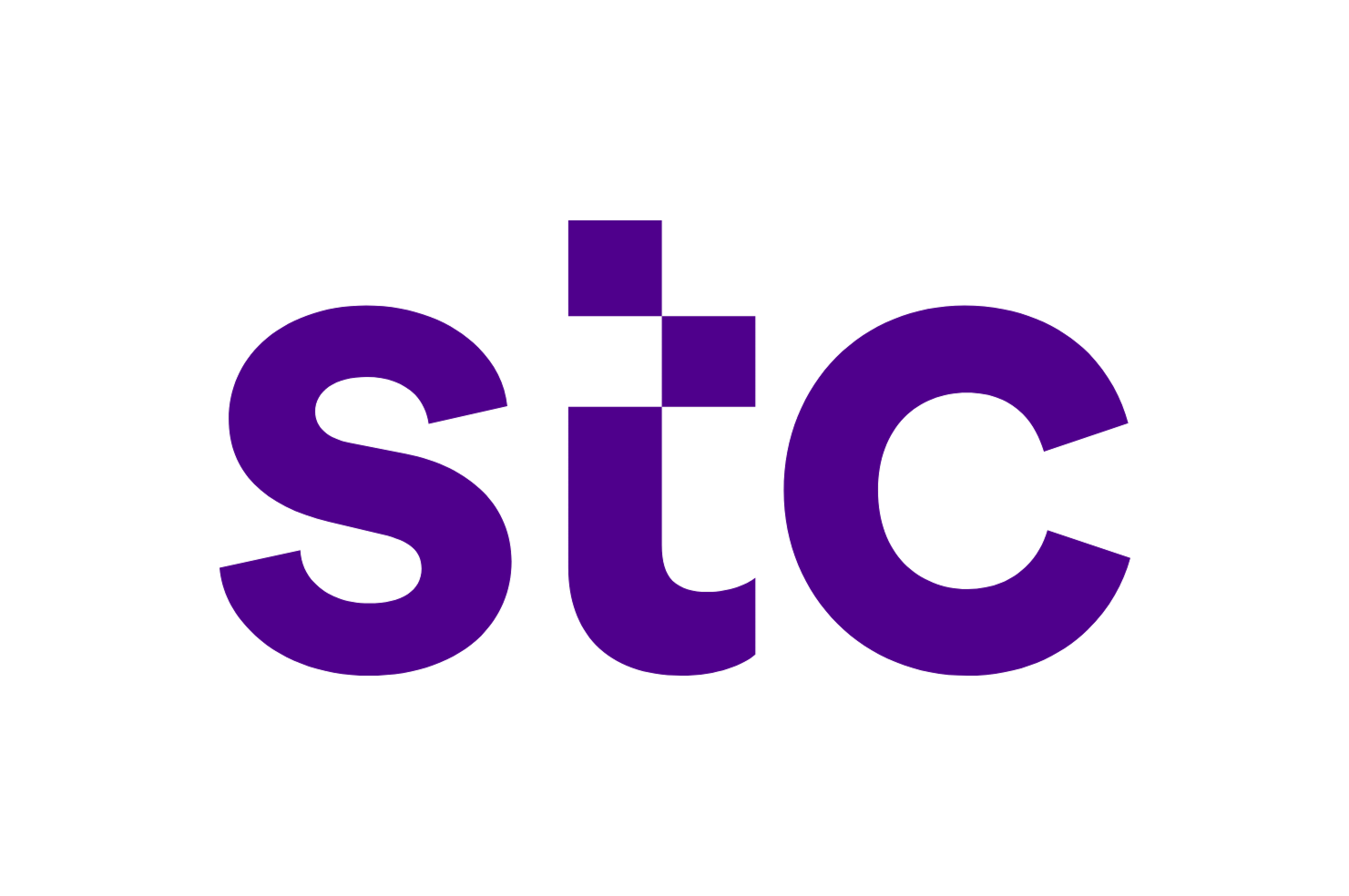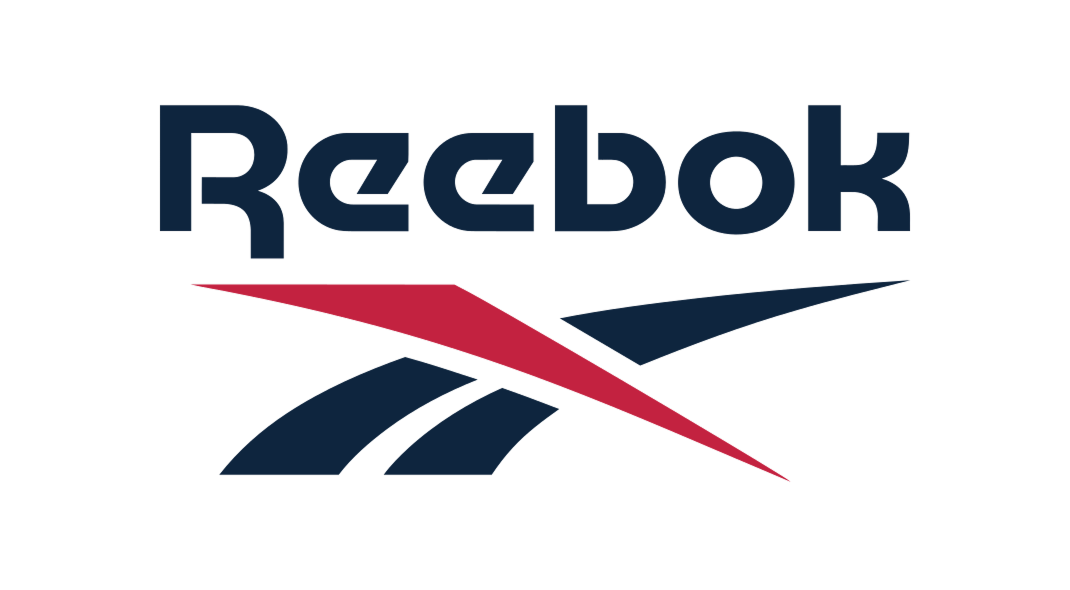Unveiling Click Fraud Targets: Industries Under Threat
.png)
As the global cost of ad fraud skyrockets, expected to hit a staggering $100 billion USD by 2024, the menace of click fraud looms large over the advertising landscape. It's not just a minor nuisance; it's a formidable threat to the entire industry, with some sectors more vulnerable than others.
Click fraud poses a significant challenge as it often goes undetected, leading to wasteful ad spending, distorted campaign metrics, and ultimately, ineffective online advertising endeavors. No business, regardless of size, is immune to its impact.
In this article, we delve into the industries most susceptible to click fraud, the profound repercussions it has on businesses, and crucial strategies marketers can employ to effectively combat this growing menace.
Understanding Click Fraud
In the realm of digital marketing, Pay-per-click (PPC) advertising stands as a pillar strategy, where advertisers pay for each click on their ads. Yet, the effectiveness of PPC hinges on the authenticity of these clicks.
However, there lurks a challenge! Click fraud encompasses any action aimed at manipulating ad clicks to exploit or harm advertisers. It takes various forms, demanding marketers to discern between fraudulent and invalid clicks to counteract effectively.
Google classifies invalid clicks as unintentional or automated. This includes accidental clicks and those driven by bots or automated tools. Conversely, fraudulent clicks are deliberate and malicious, driven by the desire to inflate ad costs for competitors or boost profits for the perpetrators.
While accidental and invalid clicks pose frustrations, click fraud inflicts significant financial losses. It not only drains ad budgets but also distorts analytics, impairing marketers' ability to make informed decisions.
To combat click fraud, marketers must grasp its nuances and take proactive measures. This entails monitoring campaigns for irregular click patterns, leveraging software tools for detection, and implementing stringent ad targeting criteria. By doing so, marketers can safeguard their campaigns and optimize their advertising investments.
Assessing Industry Vulnerability to Click Fraud
Two critical factors determine the susceptibility of an industry to click fraud
Online Traffic Volume
Industries with substantial online traffic are prime targets for click fraudsters due to their potential to generate a significant number of fraudulent clicks. Higher traffic volumes pose challenges for ad networks in detecting and filtering out fraudulent clicks effectively. Exploiting this, fraudsters generate large volumes of clicks that closely resemble legitimate traffic. Moreover, the greater the traffic volume, the higher the potential revenue loss for advertisers, making these industries more appealing targets.
Cost-per-click (CPC) of Relevant Keywords
The CPC of keywords relevant to high-value products or services is another factor driving click fraud. Keywords associated with lucrative products or services often command high CPCs. For instance, keywords in the legal industry, such as "personal injury lawyer," may have CPCs of up to $100. This makes them attractive targets for fraudsters who generate fraudulent clicks to inflate advertising costs for competitors or earn revenue through fake ads.

Industries Prone to Click Fraud
E-commerce
E-commerce is a prime target for click fraud due to the dynamics of online shopping. With the rapid growth of e-commerce platforms, businesses are engaged in fierce competition to capture market share. This competition drives up the prices for keywords related to their products, resulting in increased cost-per-click (CPC). Unfortunately, this heightened competition also exposes the industry to a greater risk of click fraud.
Financial services
Finance and insurance companies face heightened risks of click fraud due to high CPCs for keywords in their industry. The competitive landscape and high CPCs present lucrative opportunities for fraudsters to manipulate ad clicks and drain advertising budgets.
Travel
Travel agencies and booking sites are prime targets for click fraud due to the high commissions they earn on bookings. Fraudsters may exploit this by using stolen credit card information to make fake reservations, resulting in chargebacks and revenue losses.
Gaming
The gaming industry, particularly mobile gaming apps, is vulnerable to click fraud. Fraudsters use botnets or click farms to generate artificial clicks on in-app ads, inflating advertising costs for game developers and publishers.
This is How Click fraud can affect Your Business
Think wasted ad spend is the only pain of click fraud? Think again. It can cripple your campaigns in several ways:
Flying blind with bad data
Imagine basing decisions on fake news. That's what happens with click fraud. Fake clicks distort campaign metrics, making it impossible to tell what's working and what's not. You're left optimizing campaigns in the dark, wasting time and resources.
Chasing ghosts, not customers
Click fraud diverts your budget to worthless clicks, not real customers. This leads to a low ROAS (Return On Ad Spend) – basically, you're getting little to no bang for your buck. Worse, it makes it difficult to identify the best advertising channels for your business.
Waster time and effort
Your sales team is there to close deals, not waste time chasing fake leads. Click fraud bots can generate phony "prospects" that eat up valuable resources. Your team ends up focusing on non-revenue generating activities instead of real customers with buying potential.
Stop Click Fraud: A 3-Tiered Defense Plan
Click fraud drains budgets and skews data. Here's how to fight back:
Industry level
Support the Trustworthy Accountability Group (TAG). This industry group tackles fraudulent traffic, promoting transparency and tools to help you.
Company level
Raise awareness: Make sure everyone understands click fraud's impact on budget and data.
Track metrics: Emphasize the importance of monitoring ROAS (Return on Investment) and click-through rates to identify red flags.
Security first: Integrate click fraud protection into your overall information security plan.
Campaign level
Anti-Fraud software: Invest in tools that detect and block suspicious click activity in real-time.
Monitor campaigns: Regularly analyze click data for unusual patterns that might indicate fraud.
Refine targeting: Tighten your targeting parameters to reach relevant audiences and make your ads less attractive to fraudulent clicks.
By taking action on all three levels, you can significantly reduce your risk of click fraud and ensure your marketing efforts reach real customers.
Understanding your industry and conducting regular paid click audits
This is an essential step in safeguarding your marketing campaigns against click fraud. Despite technological advancements making it increasingly challenging, it's still possible to distinguish genuine users based on their behavioral patterns. By gaining insights into your buyers' digital journey, you can effectively protect your business from fraudulent activities.
In essence, familiarity with your buyers' behavioral patterns enables you to identify anomalies. For instance, if most customers typically fill out a form a week after viewing an initial ad, a sudden surge of form submissions immediately after ad exposure signals potential fraud.
In addition to industry knowledge, regular paid click audits play a crucial role in detecting false traffic patterns and establishing a robust defense mechanism for your marketing endeavors. Through consistent audits, you can pinpoint suspicious traffic and implement necessary measures to mitigate the impact of click fraud on your business.

Get a free Tapper trial
Run a 30-day Tapper trial to set your baseline CPA, block invalid traffic in real time, and receive a final report comparing your CPA before and after protection, showing exactly how much budget you recovered.










